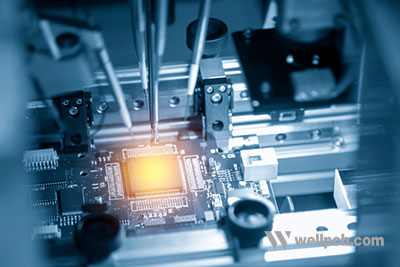When you are in the process of manufacturing printed circuit boards. Especially for the first time, it may seem that arriving at the final design will turn out to be a long and arduous journey. Whether it has to do with the basics of micromanaging solder. Copper or dealing with specific design details such as layout design with vias or through-hole technology. You’ll want to ensure that everything comes out right for your initial PCB production project.
A slight mistake can see you wasting a lot of time and resources on your manufacturing process if this is your initial PCB production project. Then we at WellPCB provide you with nine things to ensure that your first PCB production goes well.
Contents
- 1 Dimension Outline/Design Scale
- 2 Mounting Holes
- 3 Checking all the Parts
- 4 Component Labels
- 5 Talk to your PCB Manufacturer and Assembler First, Not Last
- 6 Best Create and Manage your PCB Manufacturing and BOM Files
- 7 Safely Testing your PCB Prototype Before Assembly
- 8 Consider Possible Risks and How to Respond or Control
- 9 How your CM (a contract manufacturer) Can Help
- 10 Conclusion
Dimension Outline/Design Scale
If you intend to ensure that your first printed circuit board production goes right. You need to ensure that you get your dimension outline or design scale. Having an excellent dimension outline or design scale will see you producing a printed circuit board that meets the market’s demands.
How small or big do you desire your printed circuit board to be? Are there any specific places that you want to situate the audio jack? Some of the most common design-scale features that you may want to consider before beginning your initial printed circuit board production include routing features. Such as vias, traces, and connectors, in addition to the physical layout of all the components on the board.
Again, depending on what you are about to build, you will want to consider several form factors such as rigid-flex, multi-layer flex, or organic electronics. There are plenty of software setups in place to aid you in coming up with your initial printed circuit board design. The first impression always lasts the most. Therefore, to ensure that your initial PCB production project comes out properly, you need to pay attention to the design scale. With an imperfect dimension outline or a design scale, you risk producing a batch of printed circuit boards that will not satisfy your customers the first time they get to use them.
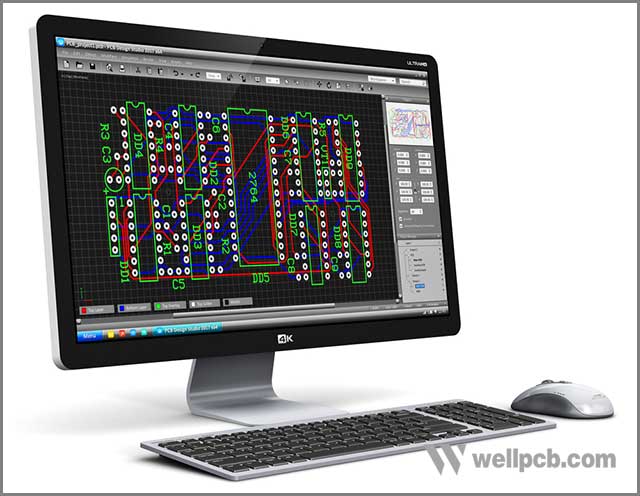
Mounting Holes
All printed circuit boards have some plated through holes to connect the opposite side of the inner layers of the printed circuit board. Mounting of shafts lets a designer mount a PCB to a surface or an enclosure.
For starters, mounting holes may seem somewhat a simple process, such as picking up a screw size that fits the board’s size or the surface that they intend to mount it to and go ahead and drill accordingly. However, this is not the case most of the time. To ensure that you get everything right when you are about to manufacture your PCBs for the first time. You need to ensure that you get everything about mounting holes directly.
Some of the essential things you need to factor in when it comes to mounting holes include the mounting hardware you intend to use and the PCB Aspect Ratio. For instance, the larger the aspect ratio, the more challenging it becomes to plate. On the hard, using substandard software will see you producing ineffective boards that are not fit for service.
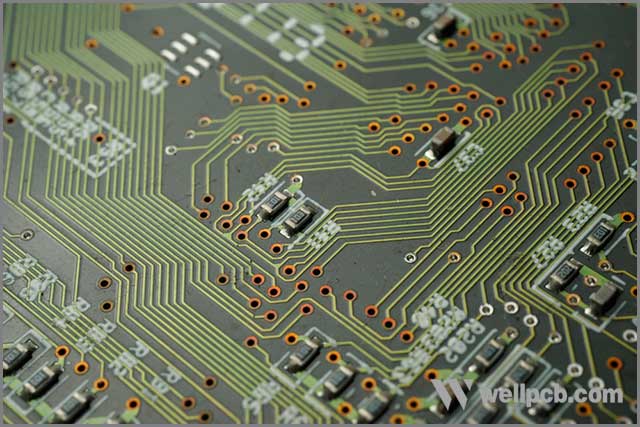
Checking all the Parts
For newbies in the manufacture of PCBs, outsourcing the parts or components that will go towards PCBs production is a common scenario here. A majority of starters start small, and manufacturing all the elements required to make a PCB may not be an easy undertaking as such. For this reason, the best option is to outsource the parts of the PCB.
Unfortunately, plenty of first-time PCB manufacturers fail to double-check to confirm that all the parts are there. Failure to double-check the parts negatively affects the initial PCB production project. With missing pieces, as a first-time producer, you’ll encounter delays in production and the inability to produce your boards at the agreed time.
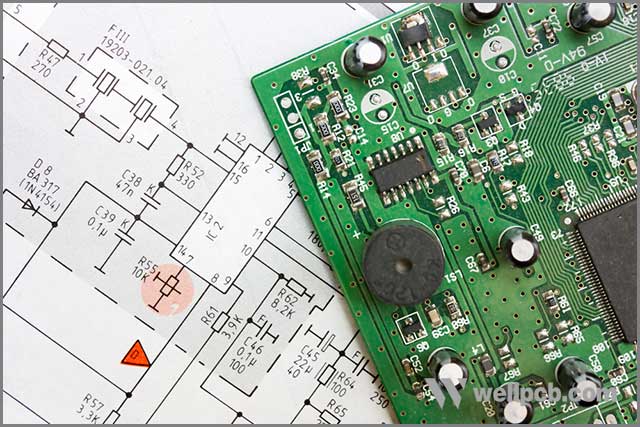
Component Labels
There are plenty of benefits that come with labeling components, especially those meant for manufacturing goods. You can characterize a working supply chain by accurate inventory and fast transactions, a reason as to why professional-grade component labeling is a must.
The same is true when it comes to the manufacture of printed circuit boards. To ensure that you beat your competitor, you must ensure that all your PCB components are labeled. With proper labeling, especially if you are about to manufacture your printed circuit boards for the first time, you will be in a better position to ensure that you make them fast and correctly.
You will be able to implement changes quickly when you identify an error, not forgetting that you will realize excellent efficiency in your supply chain. If you are outsourcing your parts, you need to ensure that they are correctly labeled since not all the suppliers label their roles in the same way.
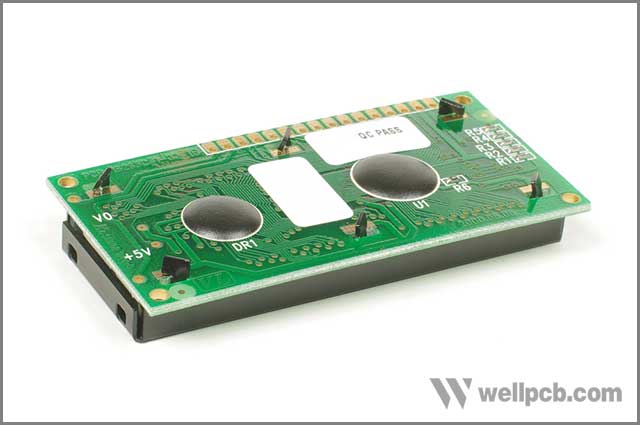
Talk to your PCB Manufacturer and Assembler First, Not Last
There are chances that you might have consulted several resources while planning the design of your printed circuit board.
We encourage you to talk to the printed circuit board manufacturer about the design of your circuit board. We also insist on not forgetting to use your assembler’s services as a resource also, since they can provide you with valuable information throughout your manufacturing process.
But how, you may ask. By talking to your assembler first, you’ll get suggestions regarding effective board design, new industry trends, and product techniques regarding assembly and manufacturing PCBs.
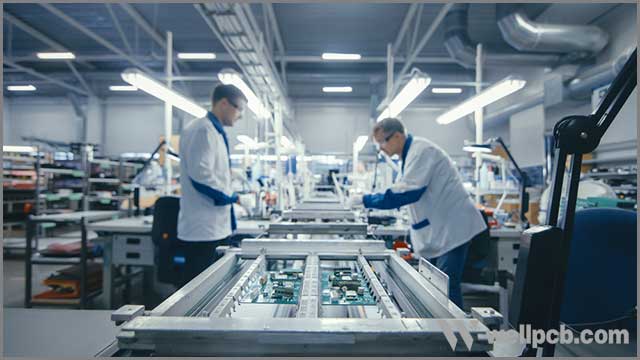
Best Create and Manage your PCB Manufacturing and BOM Files
Regardless of whether you are producing a rocket or a toy, in the end, you’ll realize that creating, managing your manufacturing Bills of Materials (BOM) will help you when it comes to accurately managing and overseeing resources. It’s something that will see you avoiding wasteful or unnecessary spending.
A bill of material assists you with accurate information that will go a long way into helping you make informed decisions to produce your goods cost-effectively and efficiently. The same is true when it comes to handling your first PCB production project. To ensure that you avoid wastefulness, you may find it ideal for creating a better BOM and properly managing your BOM files.
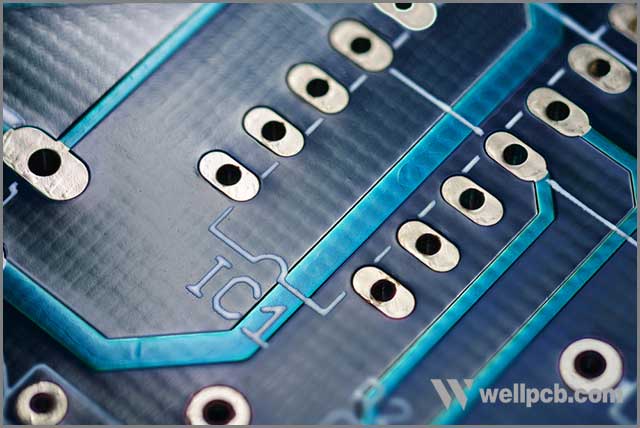
Safely Testing your PCB Prototype Before Assembly
A prototype is an early sample of a product built for the primary purpose of testing how the final idea will behave. PCB prototype testing is a must if you –especially as a first-time PCB producer- intends to avoid losses and other costly errors to the final product that you release to your customers.
bare PCB, it may also include PCBA depending on what you want the PCB factory to do for you. This is why you should choose a PCB factory that will produce your PCB prototype testing begins with a clear understanding that the final board is what will determine whether you’ll be seen as a dependable producer or not. Failure to conduct tests on your PCB prototype will cost you a lot of time in the end due to recalls and product failures. It would help if you made prototype testing a big priority when thinking of going into full PCB production.
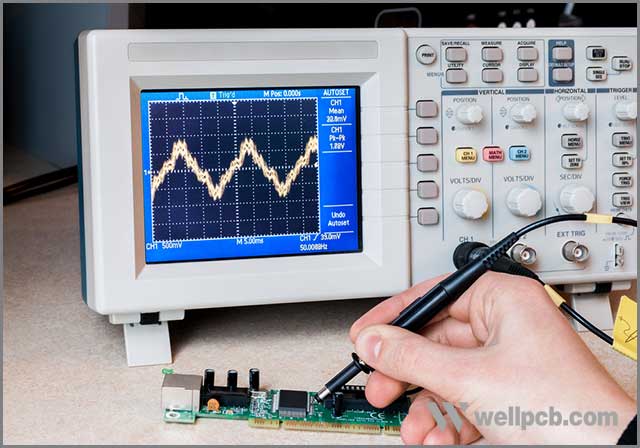
Consider Possible Risks and How to Respond or Control
Risk assessment is a crucial undertaking that businesses willing to remain relevant must consider most of the time. Hazard identification will help you avoid costly errors, not only at your workplace but also when it comes to the manufacture of your printed circuit boards.
To ensure that you get things right for the first time, you must ensure that you consider possible risks and how to respond to them. Some of the potential risks in the manufacture of PCBs include warping, shorts, cracking, contamination, and delamination, to mention but a few. This way, you will respond or control such risks for profitability and excellent first-time production.
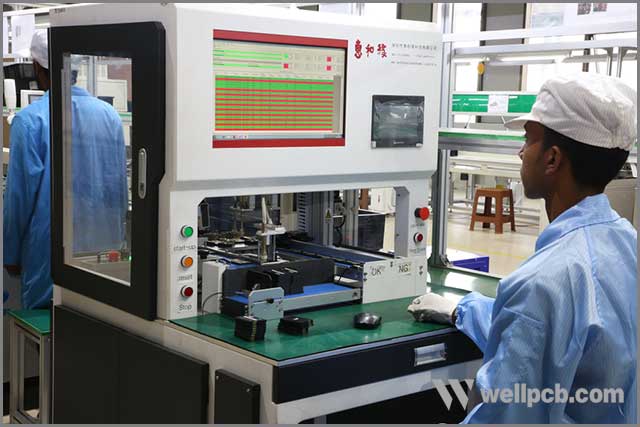
How your CM (a contract manufacturer) Can Help
The idea behind contract manufacturing is to help a customer get some of the most tasking projects off their hands while having another independent party handle everything. An aspect that can help a customer save a lot of money and time.
When it comes to the manufacture of printed circuit boards, as a first-time producer, you may save a lot of time and money by seeking a contract manufacturer’s services. Contract manufacturers will come in handy, especially when you are not able to handle a challenging task or manufacture some components.
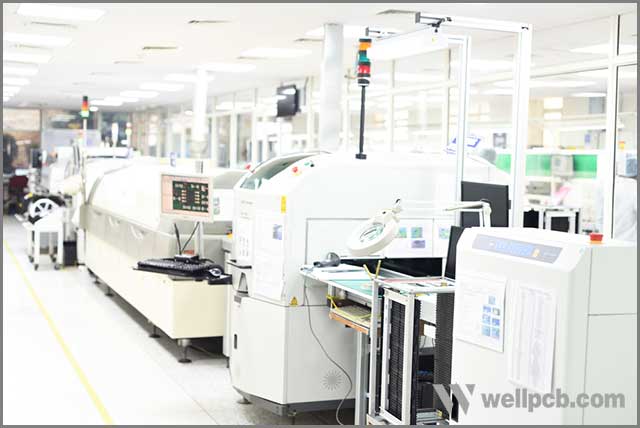
Conclusion
That’s it! Nine tips to help to ensure that your first printed circuit board production goes right. With more than two decades of experience in creating PCBs, we at WellPCB proudly boast of being an industry leader and consist of some of the most experienced PCB manufacturers around.
We can quickly and easily produce high-quality printed circuit boards while providing a prosperous and safe workplace for all our employees. Feel free to contact us for a PCB production project of any size.
